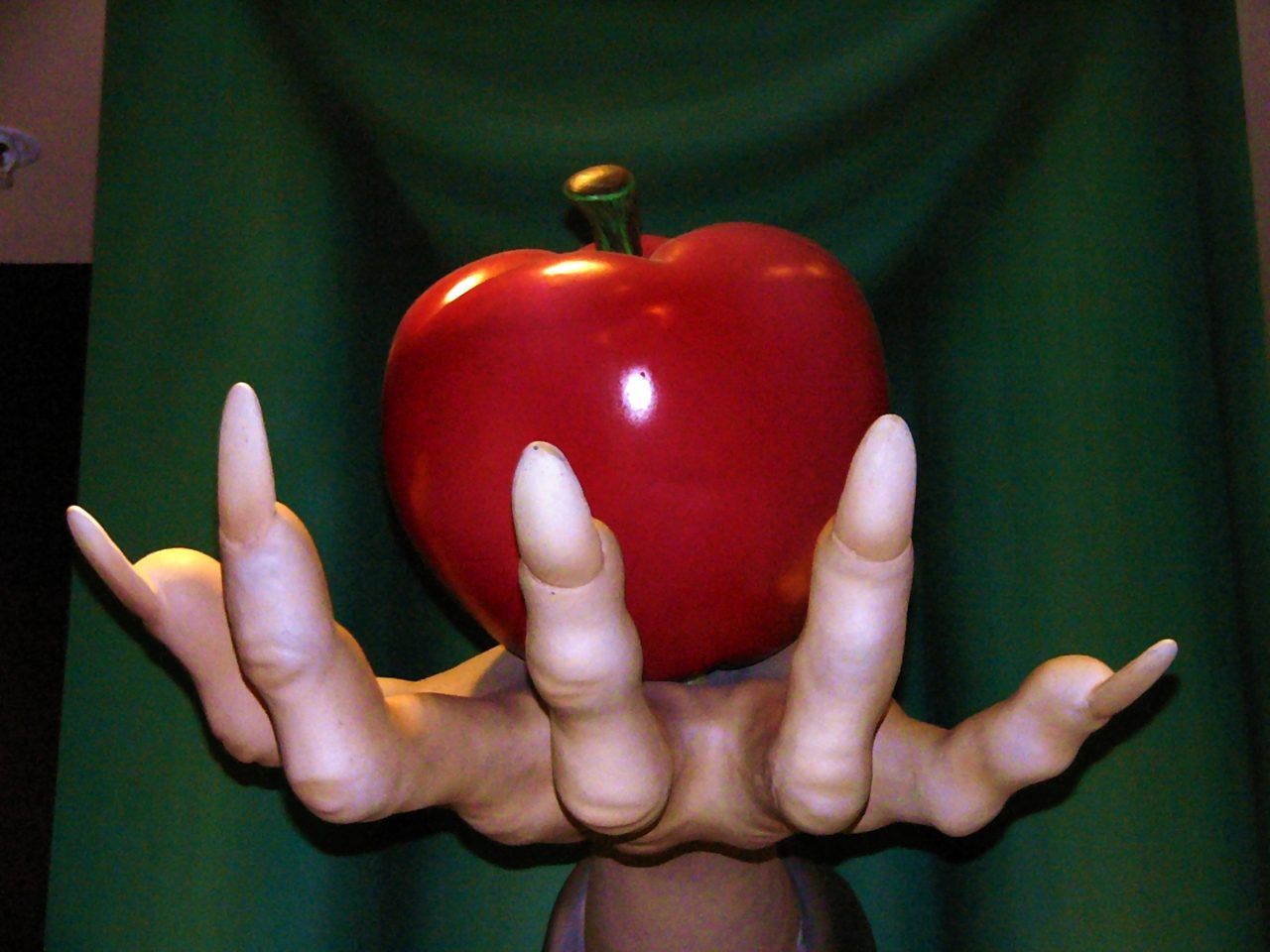Arthritis is divided into two main sections, osteoarthritis and rheumatoid arthritis. There are also other types of arthritis such as gout, erythematous lupus, psoriasis, infectious arthritis, juvenile, and thumb joint arthritis and Ankylosing spondylitis.
Symptoms:
Pain, stiffness, swelling, redness, and lack of movement.
Osteoarthritis
It is the wear and tear of the smooth cartilage lining the ends of the bones where the joint is formed. It occurs in almost middle age, osteoarthritis affects the entire joint, as it leads to deterioration of connective tissues, atrophy of the muscles around the joint, weak ligaments and inflammation of the joint lining.
With age, the soft cartilage decreases until the bone is exposed and the bones rub against each other, causing pain and lack of movement.
Rheumatoid Arthritis
It occurs because the body’s immune system attacks the lining of the joint, and it becomes inflamed and swollen, which ultimately leads to damage to the cartilage and surrounding tissues. Usually affects the same joint on both sides, this condition lasts for life and symptoms may disappear for a while and return again.
Risk factors:
Family history Arthritis is common among family members, which means the genetic factor may be the cause.
Age. Inflammation increases with age. Women are more susceptible to arthritis, especially rheumatoid, while the majority of men who have gout are men.
Sports injuries and accidents:
These people are more likely to get arthritis.
Obesity: Weight gain negatively affects the joints, especially the knee, hip and spine.
Complications:
Severe arthritis makes it difficult to perform daily tasks and affects walking, standing and sitting, and the joints may become deformed and twisted.
Diagnosis:
In addition to the clinical examination,
Some tests and x-rays must be done (x-ray, magnetic resonance, CT scan, ultrasound) treatment.
The treatment methods are based on relieving symptoms and improving movement in the joint. It may be necessary for the patient to try several treatment methods before the most appropriate treatment is determined.
Conservative treatment:
Medicines: analgesics, non-steroidal anti-inflammatory drugs, anti-rheumatic drugs, biological response modifying agents (Humira, April, and others).
Corticosteroids of various kinds.
Natural therapy – It gives amazing results if the patient is committed to it and improvement begins after several sessions and the patient needs to repeat the physical therapy program regularly.
Topical cortisone injection: It is preferable to inject it outside the joint to reduce inflammation.
Oil injection helps to increase the flexibility and movement in the joint and is recommended for light and medium degrees of roughness only.
Plasma injection. Fibrin and stem cells are one of the modern methods and give amazing results in the first and intermediate stages, ie the first, second and third degrees of roughness.
Surgical treatment.
The artificial joint: where it is in a state of severe pain, which is the fourth degree of inflammation (roughness). Joint fusion: used with small joints in the fingers and wrist. Arthroscopy is recommended for the purpose of removing free bodies in the joint or removing cartilage, as well as removing the inflamed lining.
Changing the lifestyle or lifestyle. Losing weight and exercising, especially water, eating healthy foods.
Alternative medicine such as use of Chinese needles to reduce pain.
Authored by –
